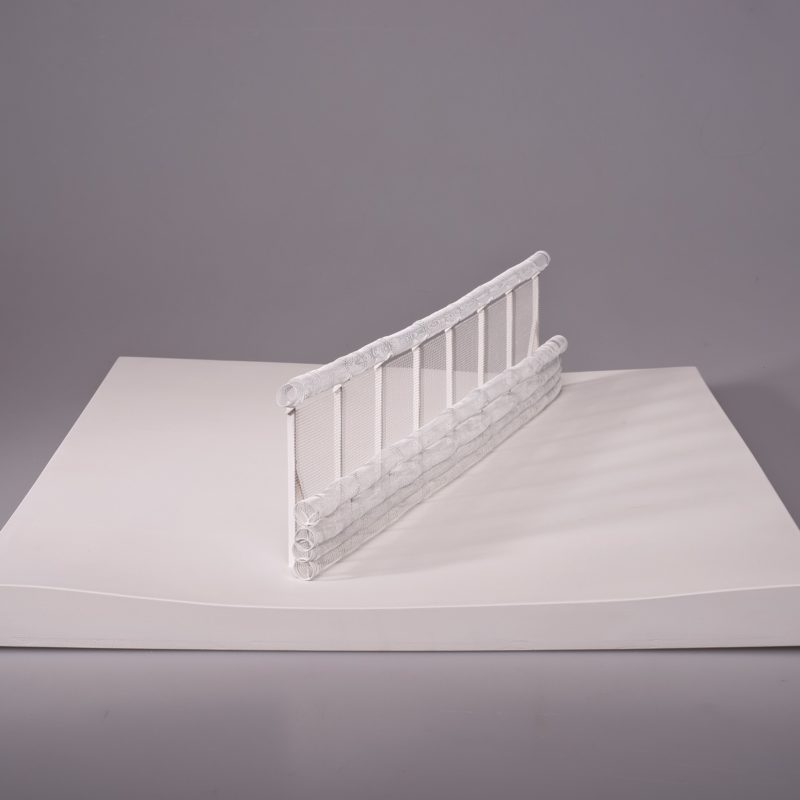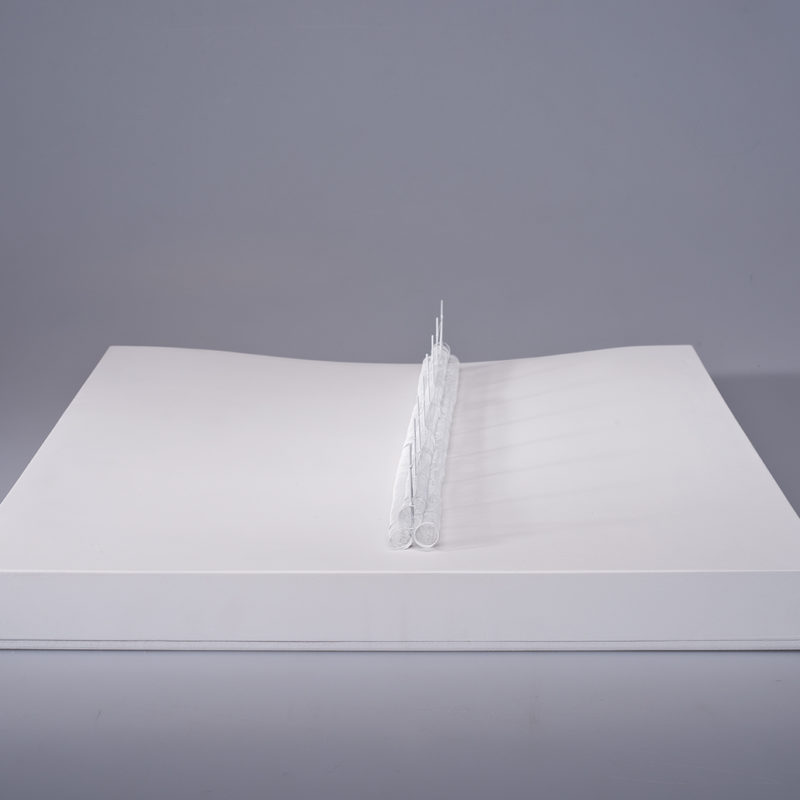Łukasz Skąpski, The Clinch: New Architecture of European Borders (2016)
In recent years, Europe has been confronted with an increasing number of migrants and refugees. People flee the consequences of climate change, military conflicts, or corruption in their homelands and look for a normal life and to build on a sustainable future. The attitude of the European population to their arrival at the borders of the Schengen area ranges from a warm welcome to open hostility.
For many years the European Union did not seem to notice the migration issue and failed to introduce any systemic solutions, and as a consequence of ad hoc political decisions, several European governments quickly put border walls in place to change or even stop the wave of migration. The refugee and migrant crisis has triggered a domino effect with the introduction of border controls and construction of new structures of fences and surveillance equipment. Łukasz Skąpski’s project is about this harsh response of immutable borders, which feels incompatible with the naïve vision of a boundless world.
Skąpski presents nine neatly scaled models based on existing European border barriers built after 2008. The exact locations are indicated on a map, to emphasise the actual existence of this recent tendency to separate ourselves from our neighbours. In the meantime, European governments and societies find themselves in a moral clinch.
Łukasz Skąpski is an artist, professor, and head of the Department of Photography at the School of Painting and New Media of the Academy of Fine Arts in Szczecin. He received his degree from the Department of Photography at the Academy of Fine Arts in Krakow. He works across a range of media, including photography, installation, objects, and video. Between 1987 and 1991, he lived in France, Germany, and China. During Skąpski’s stay in Beijing, he gained an interest in political issues, and this was also where he discovered the method of using sets in his art. In 2001 he received the Rouse Kent Public Art Award for the work Via Lucem Continens. In 2001 he became a founding member of the Azorro supergroup, which has had a significant impact on Polish video art. In the last few years, socio-political themes have dominated his work.
Place:
The Seweryn Udziela Ethnographic Museum in Krakow
ul. Krakowska 46
Exhibition open:
25.05–24.06.2018
Tue–Sun 10 a.m.–7 p.m.
31.05 closed
Tickets:
6 PLN / 9 PLN




